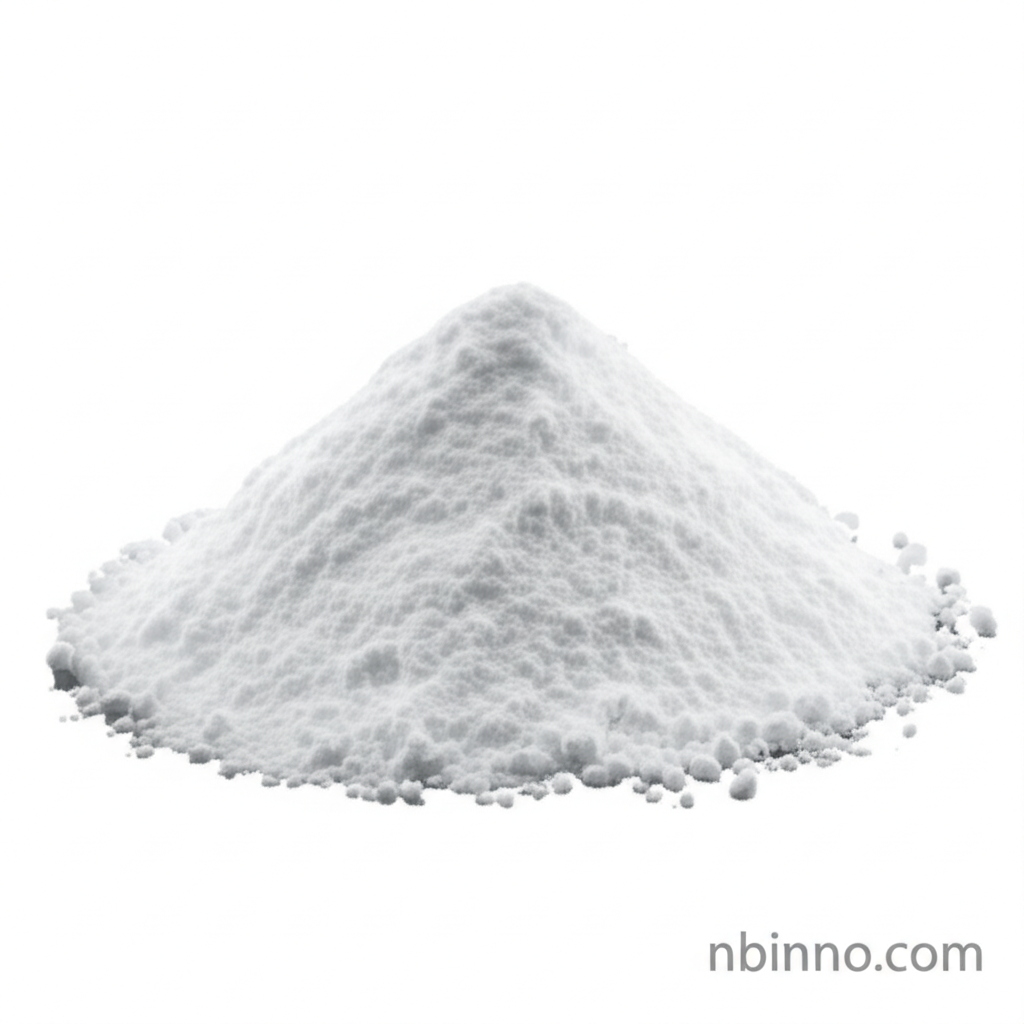Tetracalcium Diphosphorus Nonaoxide: Properties, Applications, and Significance in Biomaterials
Discover the exceptional properties and diverse applications of Tetracalcium diphosphorus nonaoxide in advanced biomaterials and regenerative medicine.
Get a Quote & SampleProduct Core Value

Tetracalcium diphosphorus nonaoxide
Tetracalcium diphosphorus nonaoxide is a crucial calcium phosphate compound with significant applications in biomaterials science. Its primary value lies in its role in bone regeneration, where its biocompatibility and osteoconductive properties are highly sought after. This compound plays a key role in the formation of hydroxyapatite, the primary mineral component of bone and teeth, making it an ideal material for bone cements, scaffolds, and biomedical coatings. The detailed research on its synthesis, properties, and biological interactions positions it as a cornerstone for advancements in orthopedic and dental tissue engineering.
- The synthesis of tetracalcium diphosphorus nonaoxide typically involves high-temperature solid-state reactions or co-precipitation methods, with specific cooling protocols crucial for maintaining phase purity and controlling its reactivity.
- Its excellent biocompatibility and osteoconductivity make it a preferred choice for bone tissue engineering applications, facilitating the natural bone regeneration process.
- The compound's ability to form hydroxyapatite under physiological conditions is fundamental to its use in bone cements and coatings, mimicking natural bone mineral composition.
- Research into calcium phosphate in bone tissue engineering highlights the significant potential of materials like Tetracalcium diphosphorus nonaoxide in creating advanced regenerative solutions.
Advantages Offered by the Product
Enhanced Bone Regeneration
Leveraging its osteoconductive properties, this compound significantly enhances bone regeneration by providing a scaffold that guides new bone formation, crucial for treating bone defects.
Biocompatibility and Safety
As a biocompatible material, it minimizes adverse reactions in the body, ensuring safety for medical implants and bone grafting procedures, a key consideration in biomaterials.
Versatile Material Properties
The ability to form hydroxyapatite and its moderate solubility make it adaptable for various applications, from bone cements to dental coatings, showcasing its versatile material properties.
Key Applications
Bone Regeneration
Its primary use is in bone regeneration, where it acts as a scaffold and precursor for hydroxyapatite formation, promoting the growth of new bone tissue.
Biomedical Coatings
The compound is utilized in biomedical coatings for implants, enhancing their integration with bone tissue and improving overall implant performance.
Dental Applications
In dentistry, it is employed in bone cements and coatings for dental implants, contributing to improved osseointegration and long-term stability.
Calcium Phosphate Cements
It serves as a fundamental component in the formulation of calcium phosphate cements, which are widely used in orthopedic and reconstructive surgery.
